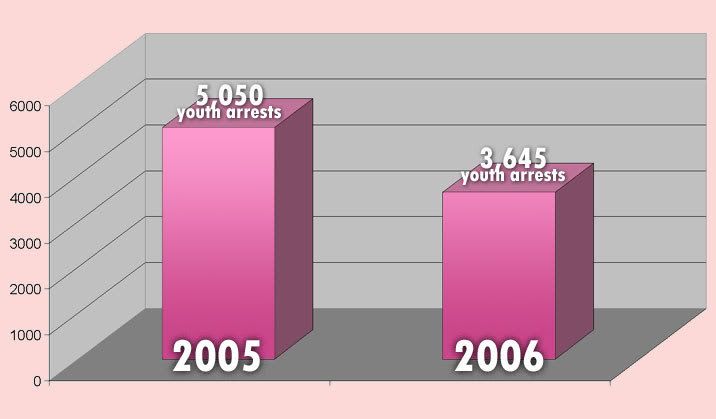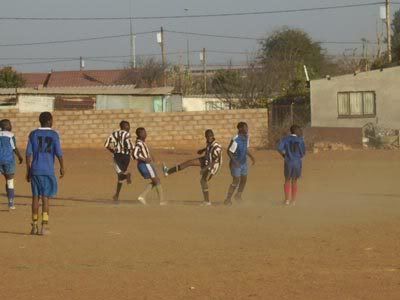
There are several reasons for this, though it might be difficult to point out which is the major cause for the high rise in its crime rates. To summarise the causes for the high crime rates in South Africa, the culture of violence, proliferation of firearms, rapid urbanisation, youthful population and weak criminal justice system are some of the causes to be highlighted.
Culture of violence’ theories similarly argue that the effects of apartheid coupled with years of political violence and the continued exposure to violence in the home and in the neighbourhood have produced a destructive culture which manifests itself in what the Nedcor Project on Crime, Violence and Investment called ‘murderous intolerance’.16 It also means that South Africans quickly resort to violence as a means of solving conflicts — whether in the domestic, social or work environment.

Age and Aids will be significant contributors to an increase in the rate of crime in South Africa over the next ten to twenty years. In a decade’s time, every fourth South African will be aged between fifteen and 24. It is at this age group where people’s propensity to commit crime is at its highest. Most criminologists concur that there is a direct relationship between age and the propensity to commit crime. Persons most likely to commit murder aged between eighteen and 24. A person in this age group is almost three times as likely to commit a murder than a person in the 25 to 34 age group, and more than six times as likely than a person aged 35 to 49. Juvenile prison population figures have shown a marked increase over the past few years. In mid-1999, there were just over 25 000 juveniles in South Africa’s prisons, an increase of almost 6 000 since 1996. Of the incarcerated juveniles, some 9 596 are serving jail terms for murder, attempted murder and vehicle hijacking. A further 3 100 have been imprisoned for committing serious sexual offences. In contrast, Singapore youth crime rates has decreased over the years.

Figure 1: youths in Singapore arrested for crime
It is also important to highlight that most youth in South Africa engage in these crimes due to the loss of parents, mostly both parents, to Aids and HIV, hence without a father figure, they tend to be led astray. Though juvenile crime rates are rising, National Youth Commission director for policy development, Tembinkosi Ngcobo, said it appeared that high commission’s programmes could not adequately deal with the causes of juvenile crime:"The rate of increase in unemployment and high fatality rates among breadwinners as a result of Aids in some parts of KwaZulu-Natal [where the juvenile incarceration rate is the highest have led to more youths starting to fend for themselves."
In contrast, Singapore has relatively high success rates with its solutions in dealing with youth crimes e.g. the Anti-Drug Ambassador Scheme (2005), DanceWorks!(1998). Nonetheless, it is not to say that no efforts were made to discourage youth crimes in South Africa. Youth Crime Watch (YCW) of South Africa has used sports strategy to instil a sense of morality into youths, and thus to turn them away from crimes. Sports provide leadership opportunities that enhance the establishment of sound communities, societies and families. It can be utilized as a means to fight boredom among the youth, resulting in a decreased rate of crime, aggressiveness and social disorders.

Figure 2: YCW South Africa at a game of football
To end off, the culture of South Africa – its high incidence of HIV and violent political history has thus shaped its citizens with a criminalized society being a norm. In contrast, Singapore’s high level of security and racial harmony has developed its citizens to view peace as a norm. Singapore’s policing slogan “Low crime does not mean No crime” illustrates its high regard toward stability, which is in contrast to South Africa.
No comments:
Post a Comment